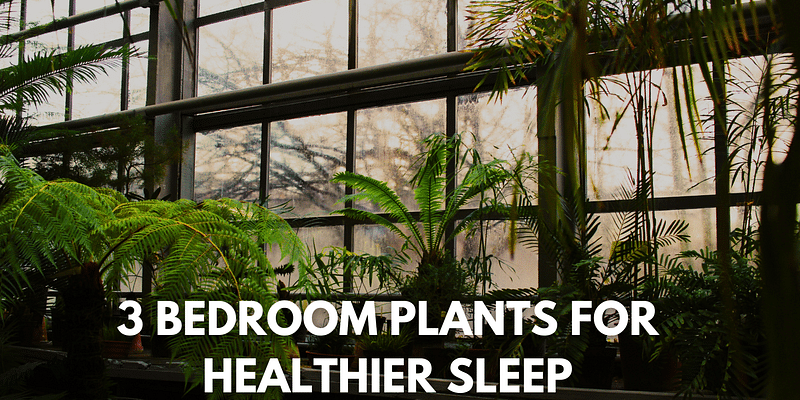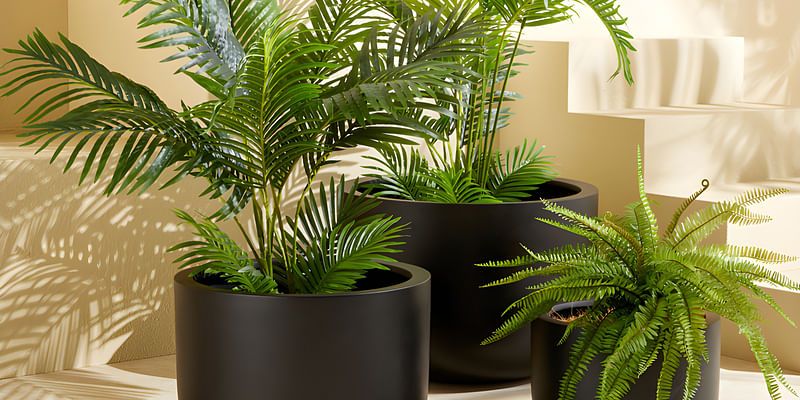
Integrating nature into our living spaces has long been celebrated for its myriad benefits, from purifying air to uplifting moods. Amidst the hustle of our busy lives, we often overlook the potential of these green companions, especially in our bedrooms. However, certain plants, specifically the snake plant, money plant, and Arika palm, can considerably transform your bedroom into a healthier and more restful sanctuary.
Snake Plant: Your Oxygen Factory
The snake plant, scientifically known as Sansevieria, is famed for its tall, sturdy leaves and easy-care approach. Its unique trait lies in its night-time photosynthesis. Contrary to most plants, which respire like humans (taking in oxygen and releasing carbon dioxide in the dark), snake plants release oxygen, creating a fresher, oxygen-rich environment that’s ideal for a good night’s sleep.

Care Guide: Snake plants thrive in indirect light and need watering only every 2-3 weeks, depending on the room’s humidity.
Money Plant: The Air Purifier
The money plant, or Epipremnum aureum, brings more than just an aesthetic appeal with its lush, heart-shaped leaves. This plant acts as a natural air purifier, absorbing harmful chemicals and replenishing the air with oxygen. Especially in confined, air-conditioned spaces, the money plant can significantly enhance air quality, fostering a healthier and more relaxing sleep environment.

Care Guide: Money plants prefer bright, indirect light. Water them weekly, but ensure their soil is dry before the next watering.
Arika Palm: The Tropical Breeze
The Arika (Areca) Palm or Areca palm, introduces a touch of the tropics into your bedroom with its arching fronds. Besides its visual charm, the Arika palm excels at purifying the air, effectively eliminating carbon dioxide and other pollutants while adding a refreshing dose of oxygen.

Care Guide: Arika palms need bright, indirect sunlight and should be watered when the top inch of their soil dries out.
These plants’ air-purifying capabilities rely on their leaves’ cleanliness. Plant leaves have tiny pores called stomata, where gas exchange occurs. If dust blocks these pores, the plant’s ability to convert carbon dioxide into oxygen is hampered. So, ensure to wipe the leaves with a damp cloth regularly.
In a closed environment like a bedroom, especially with two people sleeping, the carbon dioxide levels can rise. Incorporating these plants can help reduce this, offering a healthier, more pleasant sleeping experience. So, welcome these green companions into your space for a tranquil, rejuvenating night’s sleep.






![Read more about the article [Tech50] This sales engagement platform is eliminating ‘guesswork’ in sales prospecting with data-backed guided selling](https://blog.digitalsevaa.com/wp-content/uploads/2021/12/Upscalefounders-1638813896586-300x150.jpg)

![Read more about the article [Funding roundup] Hudle, Snooplay, TruBoard Partners raise early rounds](https://blog.digitalsevaa.com/wp-content/uploads/2022/07/Images51u-1657020995722-300x150.jpg)
